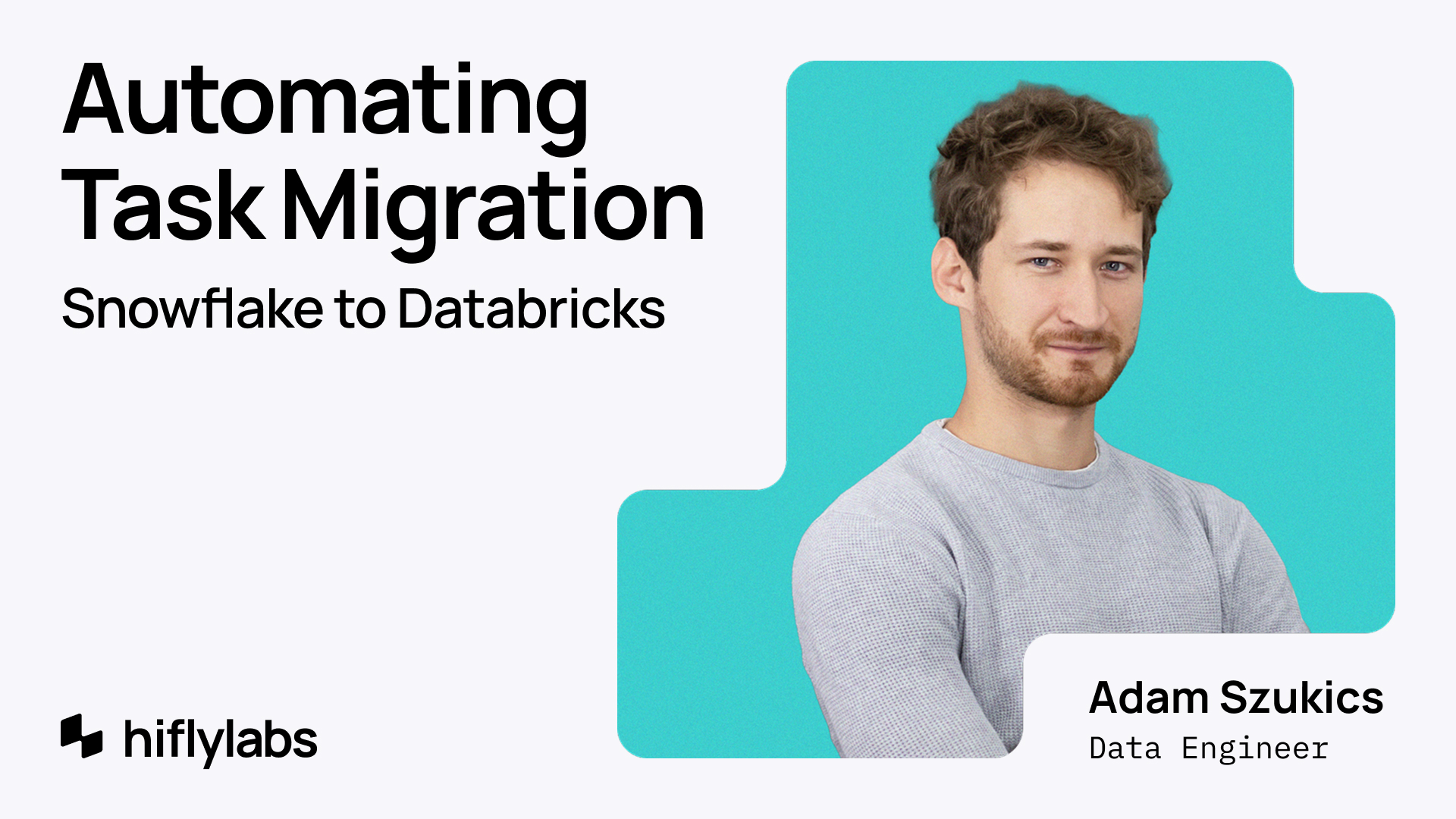Tech is moving fast these days. As devs, we can't afford to waste time on boilerplate code or infrastructure issues. That's why we jumped on the chance to test-drive the new Databricks Apps platform with some real projects!
The key advantage? It meshes AI and data pipelines right into your app-building process. No more infrastructure nightmares. We just get to focus on creating cool stuff.
Databricks Apps is still in Public Preview, but we're pumped to give you the insider's view on what we've cooked up with it in the past few months!
Life before Databricks Apps
Before Databricks Apps, we faced some headaches that slowed down data-driven app development. If we wanted to build an app on top of our data platform we previously had to manage:
- Building extra infrastructure layers
- Having AI, data and apps at separate cloud providers with an approved and secure way
- Creating custom SSO authentication and a custom security layer
Below is a reference architecture, integrating AWS, Databricks and OpenAI services:

What Databricks Apps brings to the table
Databricks Apps addresses these challenges:
- Simple hosting: It's serverless, with auto-deploy and logging built-in.
- Better security by ease of use: Authentication? Built-in. Data access? Streamlined.
- Custom code integration? No problem.

While building our first application on Databricks Apps, we discovered these additional benefits:
- Super easy environment setup simplifies management of multiple environments, from development to production.
- Smooth integration with the existing Databricks CLI and ecosystem makes transferring your current CI/CD pipeline to Databricks effortless.
- Option to create a collection of micro-apps, and wrappers around them via the shared SSO authentication With the LLM & ML model support, and their customizations, you can keep the whole GenAI infrastructure in one place.
- Quick setup, reduced boilerplate coding, and no time wasted on integrations and infrastructure difficulties lead to faster product development.
- Super-fast deployments — in under one minute.
- The process of moving our FastAPI + Angular app to the Databricks custom app platform was smooth and required minimal effort.
- Overall, the quick setup, reduced boilerplate coding, and no time wasted on integrations and infrastructure difficulties lead to faster product development.
Deployment takes just a minute from the get-go:

Our Databricks Apps use case
We've found two main uses for Databricks Apps in our daily operation.
In the case of building ML/GenAI tools, we're not just hosting simple Gradio or Streamlit apps, but full-stack Python (FastAPI) + Angular. The use case? We're building applications on top of multi-agent AI systems that fit our customers’ BI processes and are tailored to their workflows.
This way, previously manual processes can be automated, saving time and resources. In areas such as business analytics, for example, multi-agent systems make these processes up to 800x faster, according to our project experiences. (Case studies coming soon!)
The best part? Databricks Apps cuts down on unnecessary steps while building the user interface.
These complex multi-agent tools really needed to support explainable AI principles with a functional UI. As multi-agent systems are by default a black box, showcasing how they work under the hood, which sources they’ve used, how they arrived at their conclusions is vital for building trust in users. And as we all know, creating successful apps comes down to user experience.
Databricks Apps greatly supported custom-built UIs that allow us to create an abstraction of the entire log/knowledge graph. This way the end user still receives the most important details that go on under the hood, without being overwhelmed by technical details.
We’ve found that data visualization tools and custom dashboards go beyond off-the-shelf solutions, sitting on top of our AI/ML models or stand alone as powerful data exploration tools.
We have all the flexibility and performance that custom code offers. Databricks handles the heavy lifting of data integrity and security. This approach lets us tailor our dashboards and provide the insights we need, when we need them, making data-driven decision-making more accessible than ever.
See this and other use cases in production with architecture diagram, backend stack breakdown, and scalability benchmarks in our Databricks application development brief (free download, no forms).
Great expectations
It’s still early in our Databricks Apps days, but what we’ve seen so far has been really promising.
We're excited about the forthcoming roadmap, and curiously waiting on more options like detailed configuration, multi-level authentication, and transactional DB (e.g. PostgreSQL). But even now, Databricks Apps is great for building digital products that need serious ML and AI muscle.
Databricks Apps has been a big boost for us. It unified our data, AI, and app development. By cutting out the usual roadblocks, we can focus on what matters: user-centric innovation.
As AI and data science keep evolving, tools like Databricks Apps will win big. They help us adapt quickly and use the latest tech in our apps.
As a certified Databricks consulting partner, we're excited to keep exploring what Databricks Apps can do.







